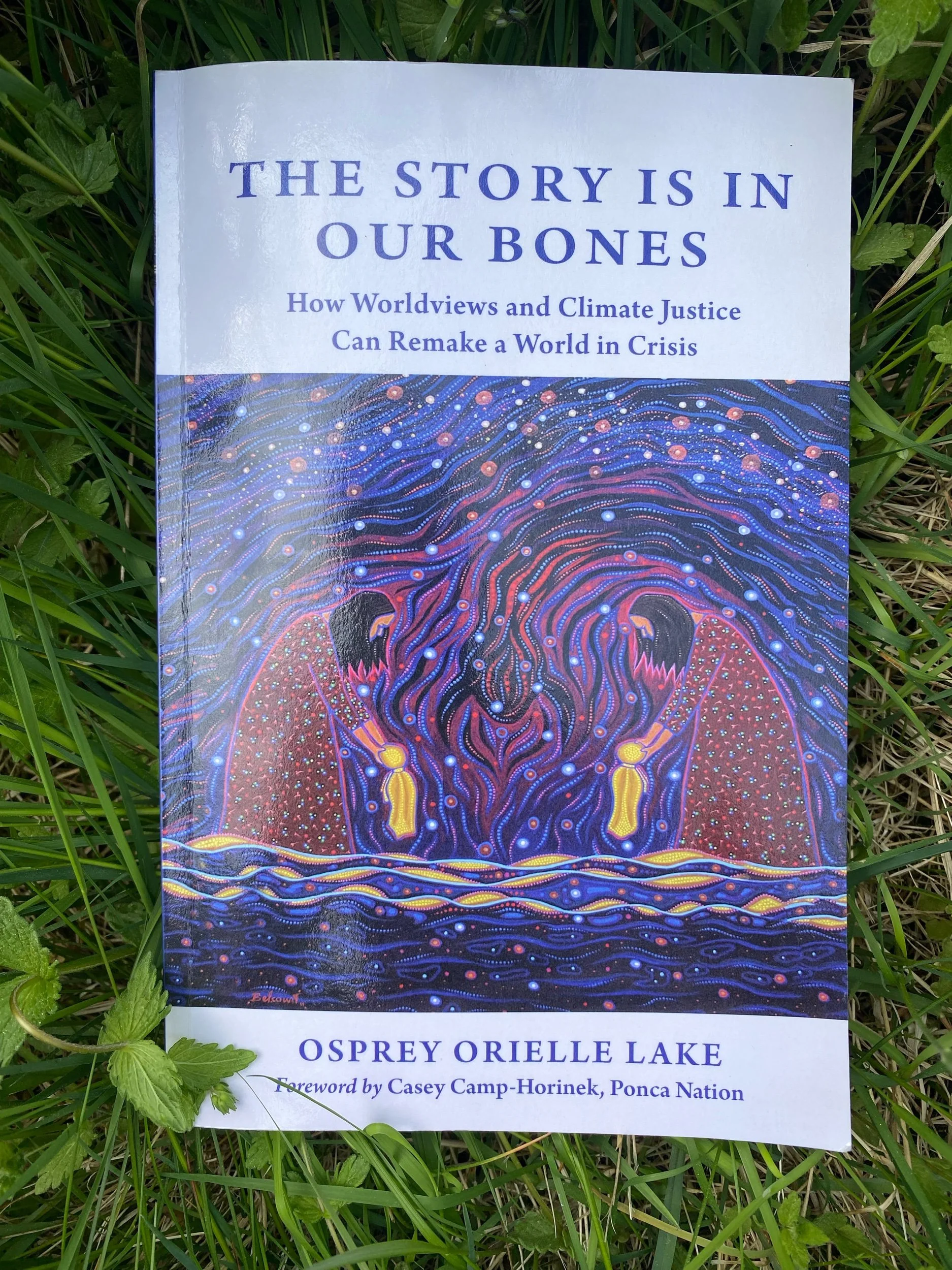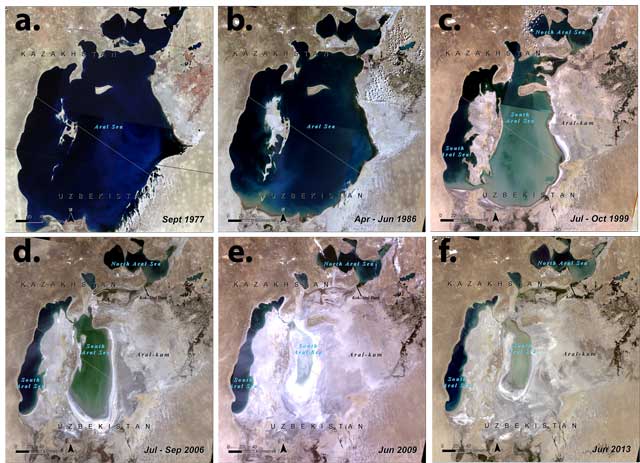This week's Black Friday frenzy has luckily also brought out the Green Friday/Buy Nothing Day movement. My Facebook feed has been full of articles advocating that you rather go out in nature instead of to shopping mals, as this initiative that American national parks made to make their parks free this day.
However, as I have become quite well aware of, seeing as my year of 2017 - ShopStop is soon coming to an end; materials break - and sometimes beyond repair. Massive sales as Black Friday is only constructive if you buy something you truly need, that can not be bought used or otherwise obtained. Most of the time, this is the case; that you are able to find the item you "need" somewhere else than in a shiny wrapping showcased with good lighting, and even better advertising.
When you start asking questions to why you need to continue to follow this commercial order of things, you come to realise there are so many alternatives of how to save money, free up your own time and save the environment all at once. Did you for example know that it takes 10.000 litres of water to produce one single pair of jeans? Knowing this, in addition to some other water facts: Only 2.5% of the Earth’s water is freshwater and only 0.3% is accessible to humans.
Underneath is a picture from the site Good On You that shows how the Aral Sea in Central Asia dried up due to the unsustainable cotton industry in the area. You dont want to be part of this.
That is why I chose to repair rather than buying a new pair of blue jeans when my current pair broke last week. These jeans are under 2 years old, so I am not ready to give them up. It only took a few stitches and then their life span was prolonged again. Another pair, some brown chinos type of trousers, that are actually 10 years old also broke this week (a bad week for trousers in my household). These however were worn thin by the fabric, but I went to a tailor and asked for some extra fabric to repair them. I brought with me my the trouser to show the tailor, and he ended up giving my the fabric I needed to mend it for free! It didnt take much fabric for him, but it was enough for me to be able to give my garment a longer life, and hence reducing my need to replace it.
I hope this inspired you to repair something you have, that you know needs mending. It is not hard, and you feel better afterwards because you've done the sensible thing for yourself, your economy and the environment.






